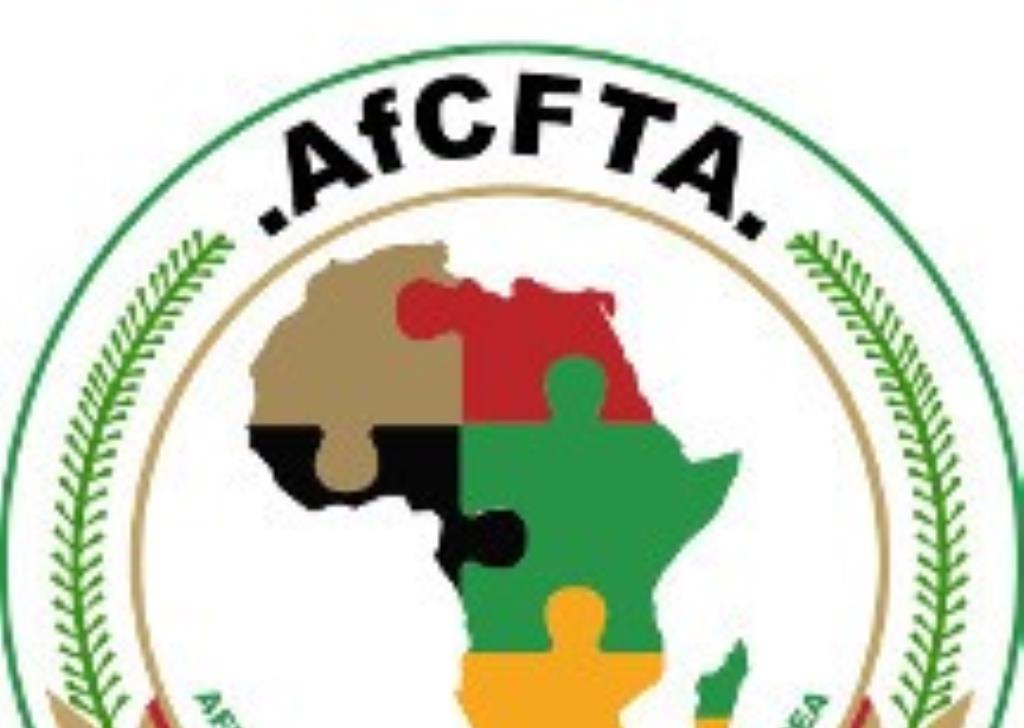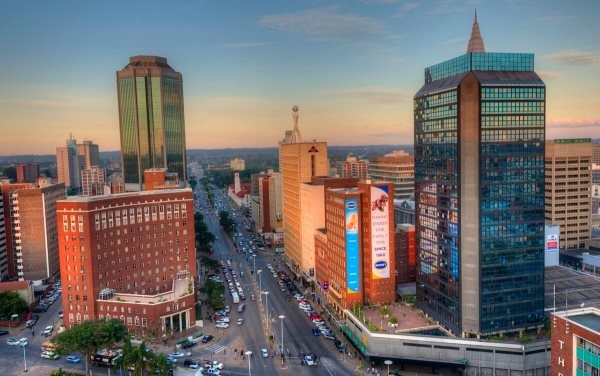About US$21billion needed globally to connect every person to electricity: Global Off-Grid Lighting Association
ABOUT US$21 billion is needed globally to capacitate off-grid solar and close the prevailing energy gap by connecting over 600 million people who have no electricity worldwide and enhancing universal access to electricity by 2030.
Speaking in a panel discussion focusing on blended financing at the inaugural Zimbabwe-Zambia (Zim-Zam) Energy Projects Summit in Victoria Falls, Global Off-Grid Lighting Association (GOGLA) Policy and Advocacy Lead, Mr Collin Gumbu said off-grid solar sector is key to connecting the 675 million people who are unelectrified in the globe.
“If we do nothing we will still have 660 million still un electrified. In Zimbabwe 38 percent of people are unelectrified while in Zambia connectivity is 56 percent. Off grid solar sector has enough contribution to bridge the gap. It’s affordable and scalable and can be depended upon,” said Mr Gumbu.
He said between now and 2030 the off-grid solar is expected to electrify 400 million people hence the need for blended financing.
He said the countries need to have national electrification plan.
Zimbabwe and Zambia are hosting the event for the first time and will rotate biannually to focus on potential, challenges and opportunities in the energy sector.
The Zimbabwe Energy Regulatory Authority is hosting the event on behalf of the Government.
Mr Gumbu said if development partners are structured well they can attract more funding from the private sector
“We expect that off grid solar can electrify up to 700 000 schools, 50 000 healthcare centres across the globe and 40 million farms and 37 million SMEs. That shows the big potential of solar.
“What has come to our attention through cooperation is that, in order now for the off grid solar to achieve these numbers, there should be mainly marketing building blocks, investment and adequate resources to finance operations and ensure the products are affordable to the end user.
“Close to investment we need subsidies, 43 percent of investment that is required is meant to bridge the affordability gap. As things stand, investment is insufficient, there is a gap of US$21 billion to reach investment, 43 percent of which is subsidies, and 30 percent should be equity and 20 percent debt servicing.
“The private sector should be more catalysed and motivated to fund. So a call from GOGLA is to entice governments to use public money to address was is perceived as risk to this business and motivate commercial investment into the sector. If this happens there is a possibility that US$10 million will find its way to the solar sector and we reach universal access by 2030,” he said.
The three-day summit is running under the theme “Powering Zimbabwe and Zambia’s Sustainable Energy Future: Unlocking Opportunities in Renewables, Grid Modernisation and Energy Access.”-chronicle









